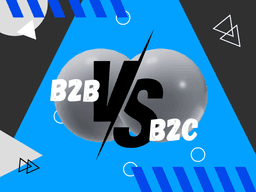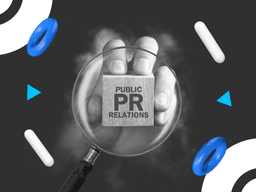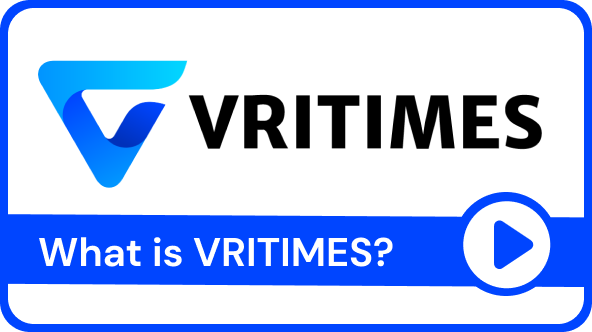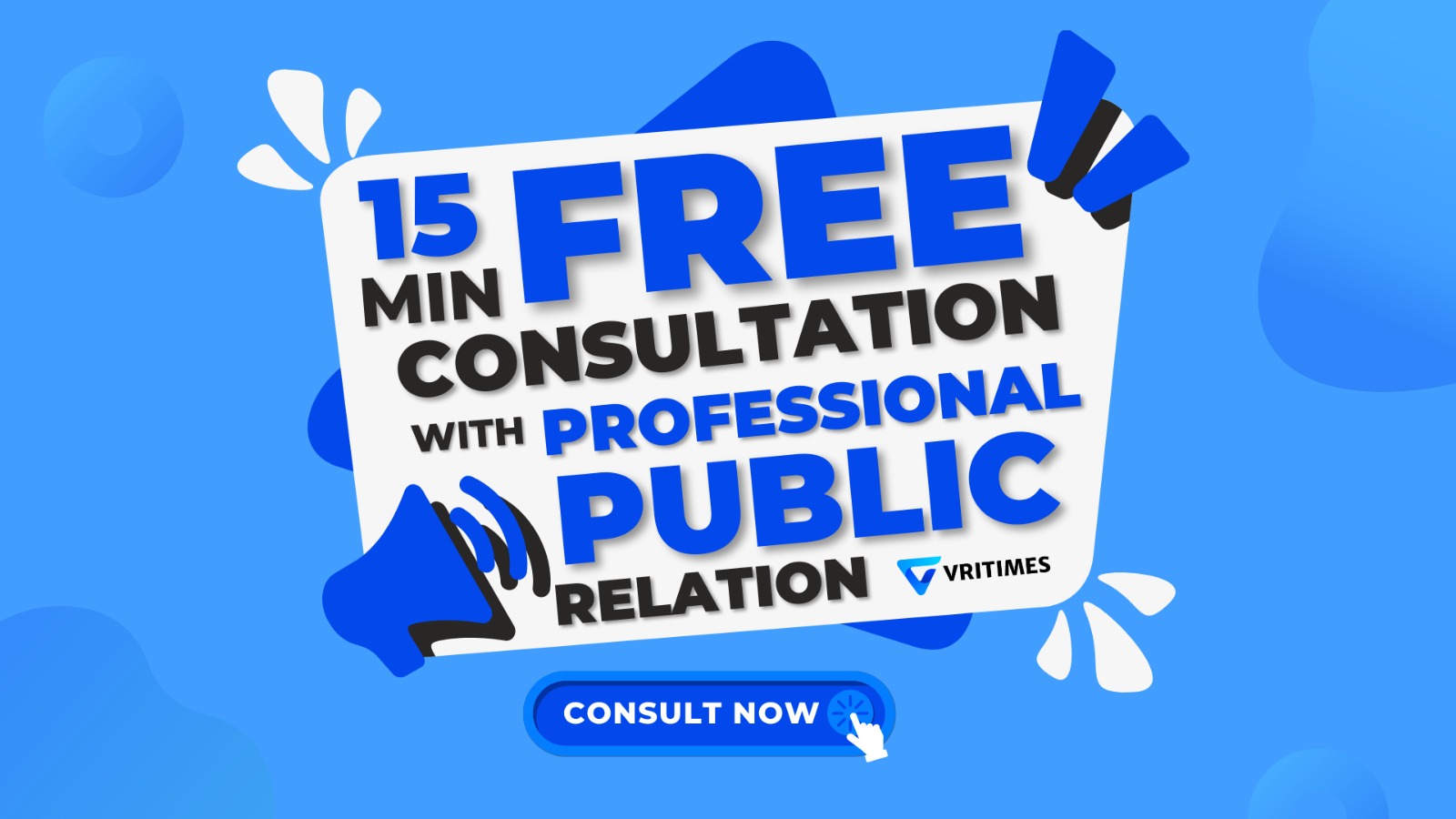/ Simple Content Marketing Strategy Guide for Beginners
Simple Content Marketing Strategy Guide for Beginners

In the digital era, content marketing has become the popular way to reach more customers. Therefore, you need to form a solid content marketing strategy.
A solid and well-executed content marketing strategy is a great way to promote and make your business stand out when it is time for customers to make purchases.
This type of marketing can get your business more online visibility, customer engagement, and leads. Even though the content is usually referred to as social media, content marketing also includes blog posts, newsletters, videos, and e-books.
Content Marketing Elements
Before forming a solid content marketing strategy, you need to set these elements:
1. Audience Characteristic
Identify your target audience by doing industry trends research.
2. Brand Story
A brand story summarizes your brand’s history, goal, value, and mission. Defining and keeping your brand story in mind will help you choose the right direction and identify the right topics to address in your content.
3. Mission and Value Proposition
Define your audience, the benefits you provide for them, and how your content helps them achieve their goals (value proposition).
4. Business Case
This case is a document that outlines the benefits, costs, and risks of content marketing implementation.
5. Action Plan
Set content topics, formats, and channels to distribute the content.
7 Steps to Form a Solid Content Marketing Strategy
After setting those elements, follow these steps to form a solid strategy:
1. Define Your Goals and Audience
Set your specific content marketing goals using the CLEAR framework (collaborative, limited in volume and duration, emotional, appreciable, and refinable).
E.g.: By the end of 2024 we want to generate 10,000 qualified leads via Instagram and Facebook with a budget of IDR200,000,000. Then use the audience characteristics to plan helpful content for them.
2. Do a Content Audit
By doing a content audit twice a year, you can analyze and improve your existing content. You will know the content formats, topics, and channels that effectively allure your target audience.
3. Develop an Editorial Plan
To allocate your time and resources properly, create a high-level editorial plan. This will ensure your team understands the process and deadline.
These are the steps to develop an editorial plan:
Prioritize your actions: choose which campaigns you should focus on first by looking at the potential traffic gains of each campaign.
Find relevant topics using content marketing tools, such as Ahrefs, SEMRush, and ContentShake.
Build topic clusters to keep your content organized and aligned with the goals. Create big categories and input content ideas accordingly.
Design content funnel: set the purpose of each content, whether it is for awareness, consideration, decision, retention, or advocacy.
4. Plan the Content Production
Start by examining your resources, finding content references, mapping out the timeline, creating a content calendar, finding potential bottlenecks, assessing the budget, and finally deciding roles and responsibilities in your team.
5. Plan the Content Distribution
List the core channels that perform the best for your content. Mix the owned media, paid media, and earned media channels. Analyze their performance, and develop ideas of improvement.
6. Plan the Analysis Process
Set specific and measurable KPIs for all your content, such as social shares and engagement, keyword rankings, backlinks, followers or subscribers growth, and article views. This will help you determine your benchmark. You can also analyze using Google Analytics or other similar tools.
7. Final Words
To form a solid and effective content marketing strategy, there are many things to be considered and done. If you have limited resources, you may need to consider outsourcing content production to help you get all the content done.























































